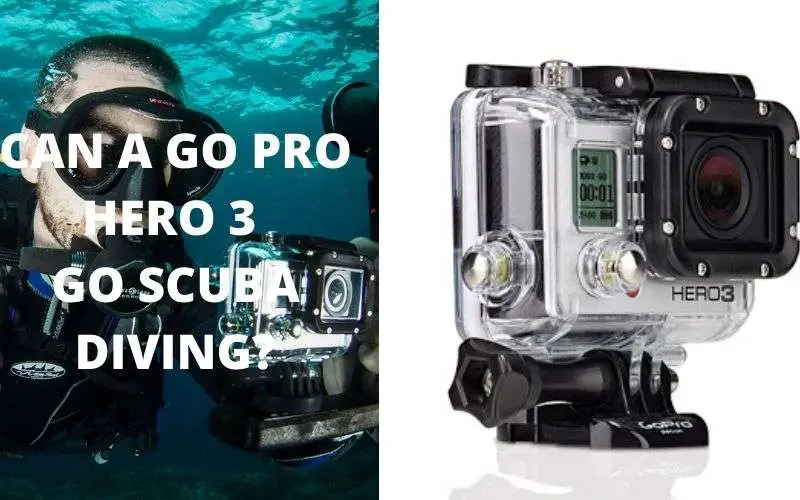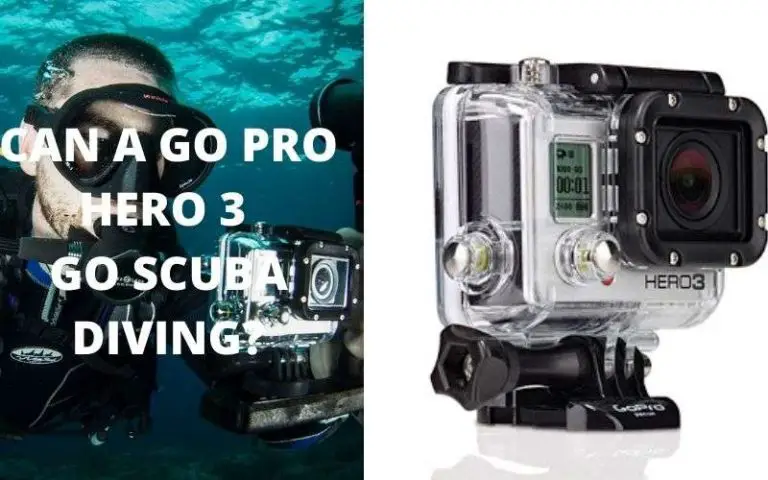
Swimming and boxing: two divergent sports, yet both offer a plethora of advantages for your overall health and fitness. These activities target distinct facets of your physical well-being, so it’s crucial to fathom their unique benefits and shortcomings.
In this comprehensive exploration, we will delve into the world of swimming and boxing, assessing their merits and demerits, and helping you determine which is the superior exercise regimen for your lifestyle.
The Allure of Swimming

Cardiovascular Fitness
Swimming is an impeccable cardiovascular exercise, promoting heart and lung health while reducing the risk of cardiovascular diseases.
Full Body Workout
Engaging numerous muscle groups, including the shoulders, back, legs, hips, and abdomen, swimming fosters muscle toning and overall strength.
Low Impact
Renowned for its gentleness on the joints, swimming is an ideal choice for those with joint pain or arthritis and mitigates the risk of injuries.
Flexibility
The rhythmic, elongating movements inherent to various strokes enhance flexibility over time.
Calorie Burn
Swimming’s calorie-burning prowess aids in weight management and fat loss.
Mental Health Benefits
The calming influence of water can alleviate stress, anxiety, and depression, offering a meditative experience.
Lifesaving Skill
Beyond fitness, swimming equips you with a lifesaving skill essential near large bodies of water.
Suitable for All Ages
From infancy to old age, swimming caters to all, regardless of age or experience.
Boxing: The Art of Fitness
Cardio and Strength
Boxing fuses cardiovascular training with muscle building through dynamic movements and powerful punches.
Coordination and Agility
Boxing enhances hand-eye coordination and agility, skills valuable in daily life and other sports.
Stress Relief
Boxing serves as an outlet for pent-up frustrations and stress, releasing mood-enhancing endorphins.
Self-Defense
Beyond fitness, boxing imparts fundamental self-defense skills.
Bone Density
Weight-bearing exercises like boxing bolster bone density, crucial for aging adults and women at risk of osteoporosis.
Calorie Burn
High-intensity boxing torches calories, aiding weight loss and metabolic improvements.
Mental Sharpness
Boxing demands quick thinking and strategic anticipation, enhancing decision-making and mental alertness.
Community and Discipline
Joining a boxing gym integrates you into a community that values discipline, commitment, and respect, principles transferable to other life domains.
Boosts Self-confidence
Proficiency in boxing techniques, enhanced fitness, and self-defense proficiency bolster self-confidence.
Swimming vs. Boxing as Cardio Workouts
Swimming
Swimming reigns supreme as a stellar aerobic exercise that elevates heart and lung function. Involving the entire body, it efficiently engages multiple muscle groups while being exceptionally gentle on joints.
The buoyancy of water further mitigates impact, rendering it an apt choice for those with joint issues or recovering from injuries. It offers the flexibility to adjust intensity by altering strokes, making it accessible to a wide range of individuals.
Swimming offers the versatility of low-impact leisurely swims or high-intensity sprints. This adaptability grants it an edge, particularly for those with joint pain, whereas the same flexibility is not as readily achievable in boxing.
Boxing
Boxing, on the other hand, presents a distinctive blend of aerobic and anaerobic exercise in the realm of cardio workouts. It amalgamates high-intensity bursts such as punching and dodging with brief rest periods between rounds, fostering both aerobic endurance and anaerobic conditioning.
The intensity of a boxing workout varies with expertise, training style, and fitness goals. While boxing undoubtedly offers a robust cardiovascular workout, it’s a high-impact sport, making it less accommodating for individuals with joint concerns or recovering from injuries. The intensity of a boxing session, often quite high, is hard to scale down without rendering it less effective.
Safety Considerations for Swimming and Boxing
Swimming
Swimming enjoys a reputation as a low-impact sport, gently nurturing joints and muscles. Yet, ensuring safety in the water is paramount. High-quality gear, such as goggles, is essential to shield the eyes and enhance visibility.
Learning proper swimming techniques, preferably under the guidance of a swim coach, helps avoid injuries, particularly related to shoulders, neck, and back. It’s advisable to refrain from swimming alone and select secure environments, like lifeguarded beaches or swimming pools. Swimming’s inherent safety, relative to other sports, makes it an enticing choice.
Boxing
Boxing, by contrast, is a high-impact endeavor demanding protective gear like gloves, headgear, and mouthguards to ensure safety during training or sparring. While the risk of injury, especially to the head and face, is higher in boxing, diligent coaching and supervision can significantly mitigate these risks.
Selecting a reputable gym with experienced trainers is crucial. Being aware of one’s physical limits and listening to one’s body is imperative in both swimming and boxing. Proper training and adherence to safety precautions minimize the risks associated with these activities.
Pros of Swimming
Versatile Muscle Engagement
Swimming’s versatility lies in its ability to target various muscle groups through different stroke styles, promoting balanced muscular development.
Low-Impact Bliss
The feeling of weightlessness in water reduces strain on muscles and joints, making it a gentle option suitable for various fitness levels.
Adjustable Intensity
The opportunity to modulate intensity by altering speed, strokes, or distance covered allows swimmers to tailor their workouts.
Endurance Building
Swimming’s consistent nature nurtures endurance and stamina over time, contributing to enhanced fitness.
Cons of Swimming
Limited Accessibility
Access to suitable pools or bodies of water is necessary, potentially inconveniencing those without easy access.
Geographical Constraints
Geography plays a role; those without access to pools or beaches may find it less convenient.
Workout Variety
While swimming offers a range of strokes, it may lack the variety found in other sports and activities.
Pros of Boxing

Challenging and Competitive
Boxing’s competitive nature presents a stimulating mental and physical challenge.
Technique Variety
A wide array of techniques allows for customization of workouts to suit individual preferences.
Dual Cardio and Strength Benefits
Combining aerobic and anaerobic elements, boxing simultaneously improves cardiovascular health and muscular strength.
Enhanced Coordination
The sport’s intricate footwork fosters hand-eye coordination and agility.
Stress Relief
The physicality of boxing can serve as an effective outlet for stress, potentially leading to the release of mood-lifting endorphins.
Cons of Boxing
High-Impact Activity
The sport’s high-impact nature elevates the risk of injuries, particularly head and face injuries.
Equipment Dependency
Boxing necessitates specialized equipment like gloves, wraps, and punching bags.
Perceived Aggression
Some individuals may perceive boxing as overly aggressive or intimidating.
Swimming vs. Boxing: The Verdict
Both swimming and boxing hold unique health benefits, and the ultimate choice depends on individual preferences, physical condition, and specific health goals. For those seeking a low-impact, calming, and full-body workout, swimming emerges as the preferred choice. Its gentle nature makes it accessible to a wide range of individuals, including those with joint concerns or recovering from injuries.
Conversely, boxing appeals to individuals aiming to enhance agility, strength, and mental alertness through a combination of cardio and strength training. While the sport carries a higher risk of injury, especially head and face injuries, diligent training and adherence to safety measures can significantly mitigate these risks.
Furthermore, the concept of combining both swimming and boxing can form a comprehensive fitness routine that caters to different aspects of physical and mental well-being. Integrating elements of both sports allows individuals to experience a balanced and holistic approach to their fitness journey.
Conclusion
Whether you opt for the serenity of swimming or the dynamism of boxing, both sports offer a gateway to improved health and fitness. The key lies in understanding your goals, considering your physical condition, and embracing the sport that resonates most with your aspirations.
Remember that the journey towards better health is a personal one, and the most important step is taking the first one – be it in the pool or the ring.












